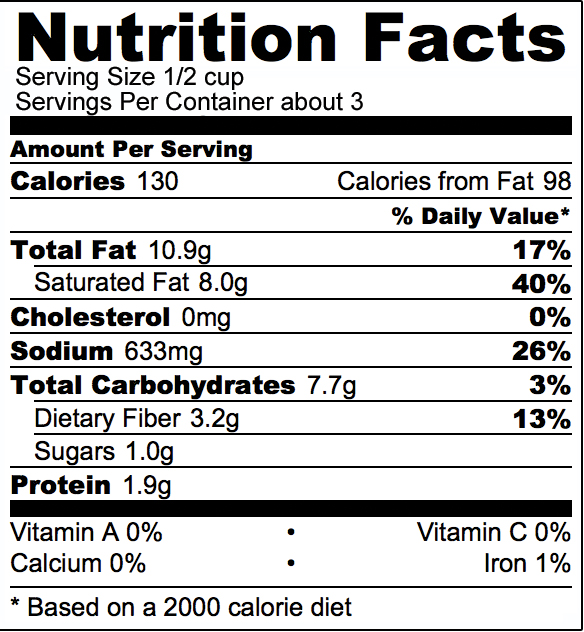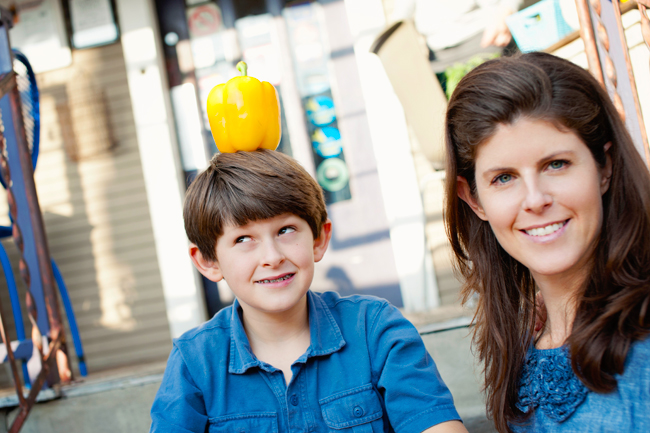Every once in a while I run across an email that spikes my curiosity. Like most of you, I tend to get a lot of junk mail which is why I haven’t yet bothered to set up a newsletter for this site. Probably something I should get on top of though. Anyway, today I read an email from a group I follow called the USA Rice Federation. Not honestly sure why I signed up for their newsletter, but there it was today sharing some pretty cool news if you ask me. Apparently they hold a once a year contest to encourage schools to improve their food quality and today the USA Rice Federation announces it’s ‘healthy brown rice on school lunch menu contest’ winners.
To take part in the contest, K-12 food service directors and menu planners used U.S. grown brown rice as the main ingredient in one or more recipes on their school menu. Six winners were selected—three Grand Prize and three runners-up—and three more received honorable mentions.
So why brown rice?
According to Greenmedinfo, ‘brown rice protects against heart disease. Some of the nutrients lost in the process of making naturally brown rice white may actually offer protection from high blood pressure and atherosclerosis (“hardening of the arteries”). Laboratory research attributes the cardio-protective effects of brown rice to a thin layer of tissue that’s stripped away when brown rice is polished to make white rice. According to the scientists, this could help explain why fewer people die of cardiovascular disease in Japan compared to the U.S. In Japan most people eat at least one rice-based dish per day, but in the U.S. rice is not a mainstay of the daily diet.’
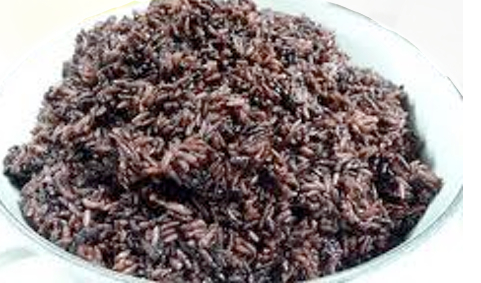 As someone who avoids most grains, I do occasionally reach for some brown or black rice. As greenmedinfo continues to point out, ‘because of its dark color, black rice has the same antioxidants found in blueberries or blackberries, and is known for helping fight heart disease, cancer and other diseases. According to research from the Department of Food Science at Louisiana State University, a spoonful of black rice has more health promoting antioxidants than a spoonful of blueberries, but with less sugar and more fiber and vitamin E antioxidants.’
As someone who avoids most grains, I do occasionally reach for some brown or black rice. As greenmedinfo continues to point out, ‘because of its dark color, black rice has the same antioxidants found in blueberries or blackberries, and is known for helping fight heart disease, cancer and other diseases. According to research from the Department of Food Science at Louisiana State University, a spoonful of black rice has more health promoting antioxidants than a spoonful of blueberries, but with less sugar and more fiber and vitamin E antioxidants.’
So now you can see why this email intrigued me and why I’m sharing it today. And not only were the dishes based on healthy brawn rice as their foundation, the presentations were creative and packed with healthy (and delicious) ingredients. Kudos to these schools for going the extra mile to keep our kiddos healthy and happy!
The Grand Prize winners of the 2014 “Healthy Brown Rice on the Menu Contest” each receive paid 2014 School Nutrition Association Annual Conference registration, a generous brown rice donation to their school from Uncle Ben’s, Riceland or Producers Rice Mill, a commercial size Aroma rice cooker for their school and a consumer size rice cooker for their home kitchen.
Here are the grand prize winners and the meals they prepared; I especially love the use of healthy grains such as quinoa and fresh ingredients. This is certainly nothing like the meals we see in our son’s elementary school (which is why we pack his lunch every day!)
Breakfast: Dimitra Barrios, Foodservice Director for Chichester High School in Upper Chichester, PA; Power Grain Breakfast Porridge includes U.S. brown rice, red quinoa, oats, ground flax-seed, golden raisins, sliced almonds, honey, bananas and a hint of cinnamon.
Lunch: Jill Patterson, Resident Dietitian for Weston Public High School in Weston, CT; Coconut Curry Roasted Chicken, Thai Style Brown Fried Rice, Steamed Fresh Broccoli features U.S. brown rice, Thai coconut milk, fresh ginger and lemon grass, chicken infused with curry spices and finished with fresh lime and shredded toasted coconut.
Rice Bowl: Kay Briles, Head Cook for Greenfield Elementary School in Baldwin, WI; Mexican Rice Bowl combines U.S. brown rice, chicken, black beans, sweet peppers, tomato sauce, corn, chili powder, cumin and minced garlic.
For more information and recipe ideas featuring U.S.-grown rice, visit www.MenuRice.com
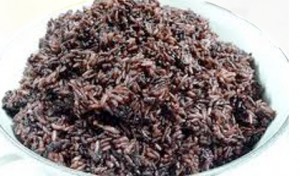
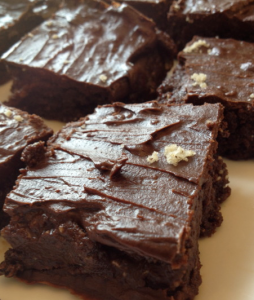
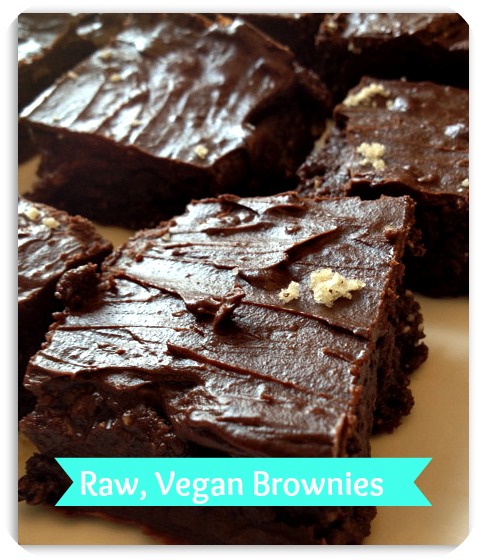

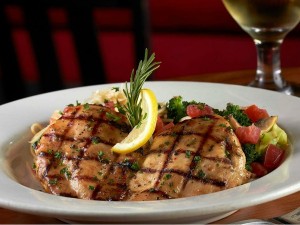
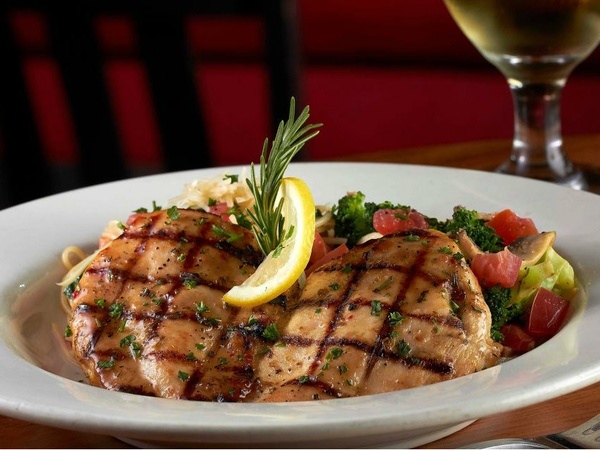

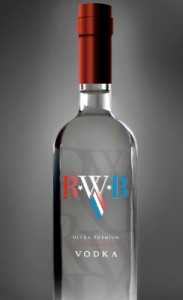
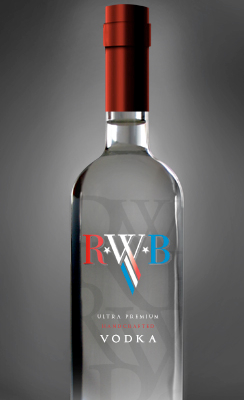



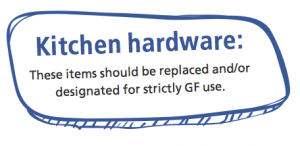
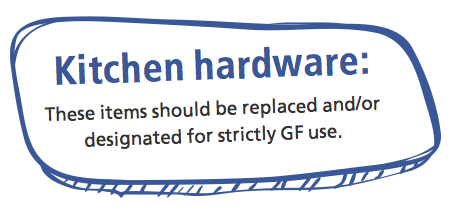


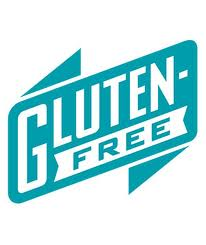
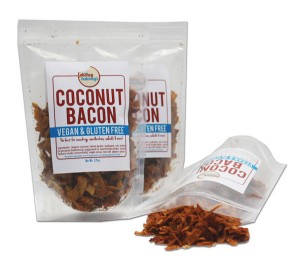
 Last week I posted a picture on Facebook of a product that I had heard about called Phoney Baloney; it’s a Vegan bacon alternative made from Organic Coconut, which piqued my interest. I was curious how they created a vegan bacon alternative, and though we do eat meat, I limit my intake for personal and health reasons, so the idea of a vegan bacon that was soy-free was pretty appealing. Besides, how can you not love the name?
Last week I posted a picture on Facebook of a product that I had heard about called Phoney Baloney; it’s a Vegan bacon alternative made from Organic Coconut, which piqued my interest. I was curious how they created a vegan bacon alternative, and though we do eat meat, I limit my intake for personal and health reasons, so the idea of a vegan bacon that was soy-free was pretty appealing. Besides, how can you not love the name?